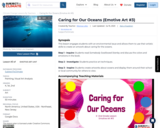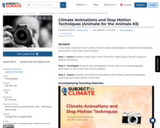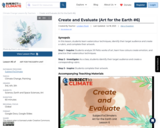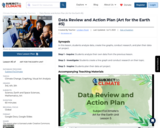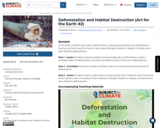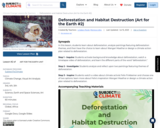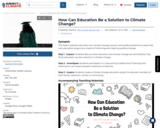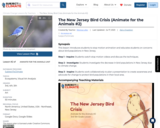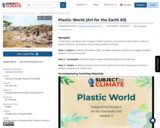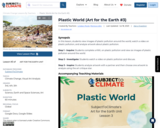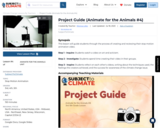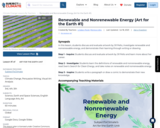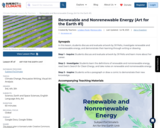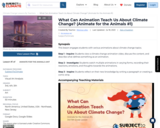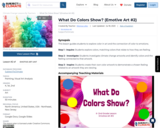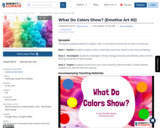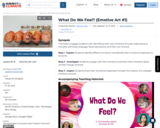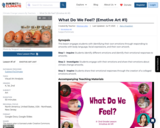SYNOPSIS: In this lesson, students learn watercolour techniques, identify their target audience and create a rubric, and complete their artwork.
SCIENTIST NOTES: This lesson connects arts with science, and it is ideal to communicate environmental change. Students learn basic watercolor techniques and apply the technique to create an artwork that would make an impact in their community. The procedures and tools used in the lesson are suitable for achieving the lesson outcomes. The lesson has passed our science review process and is recommended for use.
POSITIVES:
-Students explore and utilize visual art techniques to evoke emotions and encourage change.
-Students identify a target audience and develop a rubric to evaluate the effectiveness of their project.
ADDITIONAL PREREQUISITES:
-This is lesson 6 of 6 in our 3rd-5th grade Art for the Earth unit.
-Watercolour paints, water, and paper are necessary for this lesson. Thick watercolour paper will allow for more control of the paint but is not necessary.
-Make sure to provide enough time for setup and cleanup.
-If students are completing reflections and rubrics, the Student Reflection & Rubrics Document must be printed beforehand or shared digitally with the students.
-The Inspire section is listed as 30 minutes long. The final parts of this project may take much longer, depending on what you intend to do with your students. Additional time will probably be needed for displaying artwork, completing reflections, completing rubrics, and distributing and collecting rubrics from the target audience.
DIFFERENTIATION:
-Displaying options, target audience, and evaluation methods can vary depending on time, resources, student ability, grade level, and school environment.
-Ideas for target audiences: another class or grade level, the general school community, families, or an outside community that the class decides could benefit from this education.
-Ideas for displaying options: in a classroom space, hallway, or common room space; in a digital exhibition; at a school event (e.g., art show, classwork presentation evening, parents' night, etc.)
